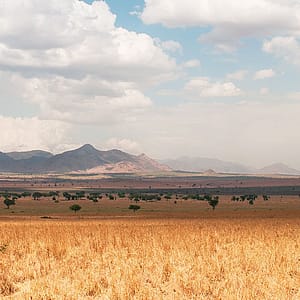Going to Madagascar is an experience in itself. The "great island" is a vast territory and to choose an itinerary is sometimes very difficult. Where to go? Which stopover places to choose?
Don't worry, we're here to help. An entire team of travellers, passionate about Madagascar and members of the Evaneos Travel community, have come together to share their advice and reviews with you on the places to visit during your trip to Madagascar. In short, you'll have all the information you need to organise the perfect trip.
Antananarivo, the capital and its twelve hills, boasts multiple attractions. Spend a few days there and discover its surroundings and the numerous trekking possibilities, on foot or by bike. Île Sainte Marie is a favourite spot: coconut trees, white sand, and the pleasures of nautical delights, not to mention whales when it's the right season. Diego Suarez, on the northern tip, and all its surroundings are beautiful. The "Tsingy Rouge" (red stone formations), Amber Mountain and the natural parks are must-sees. The villages of fishermen, Ramena and its vast beaches will enchant you. Nosy Be shouldn't be overlooked either, with its richly diverse and colourful sea-beds.
Towards the south, an unmissable route is to follow the RN7 highway to Tuléar. At Fianarantsoa, take the train to Manakara. An unforgettable and colourful journey awaits you, during which you'll cross incredibly stunning landscapes, so keep your cameras ready. In the extreme south-east, FortDauphin will give you the feeling that you're on another planet. Madagascar is a land of contrasts, between the red of its earth and the green of its crops and forests. There's a neverending list of activities on offer, from water sports to hikes in numerous natural parks like Isalo, or Ranomafana... Above all, don't hesitate to invest in a local guide, who'll share his knowledge of the area with you.






























